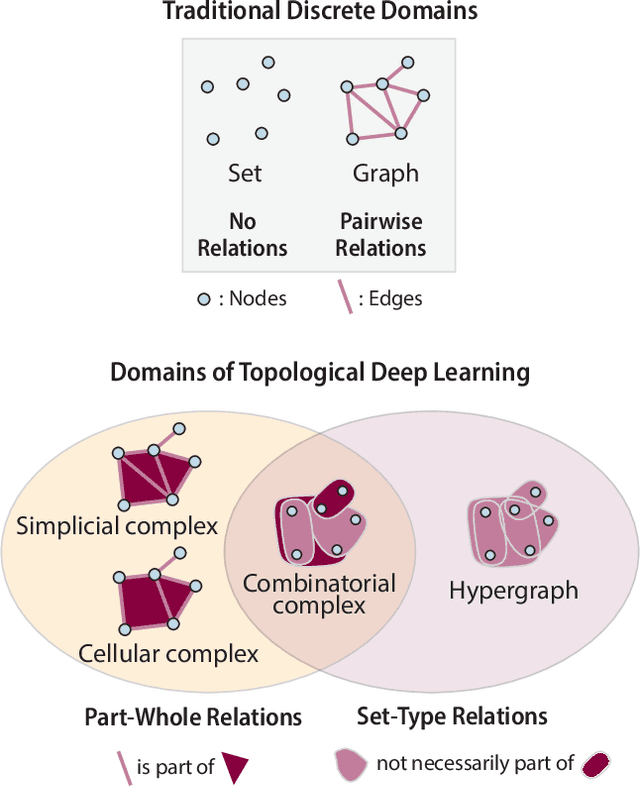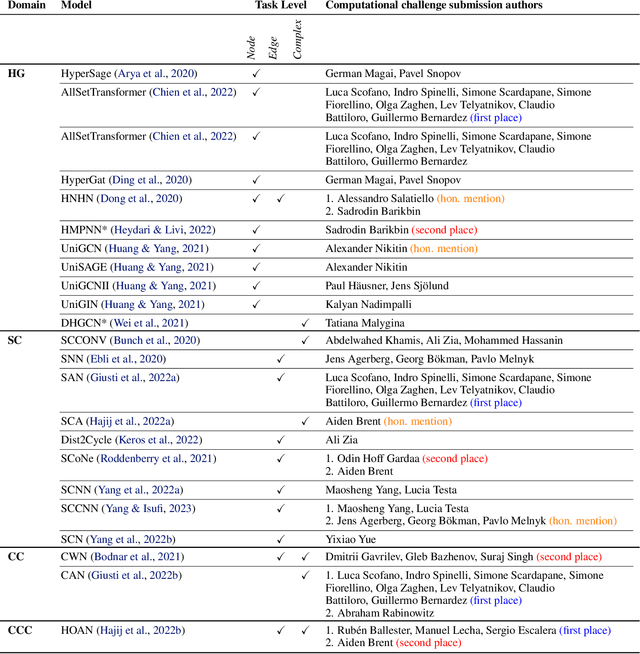Suraj Singh
DIPLI: Deep Image Prior Lucky Imaging for Blind Astronomical Image Restoration
Mar 20, 2025Abstract:Contemporary image restoration and super-resolution techniques effectively harness deep neural networks, markedly outperforming traditional methods. However, astrophotography presents unique challenges for deep learning due to limited training data. This work explores hybrid strategies, such as the Deep Image Prior (DIP) model, which facilitates blind training but is susceptible to overfitting, artifact generation, and instability when handling noisy images. We propose enhancements to the DIP model's baseline performance through several advanced techniques. First, we refine the model to process multiple frames concurrently, employing the Back Projection method and the TVNet model. Next, we adopt a Markov approach incorporating Monte Carlo estimation, Langevin dynamics, and a variational input technique to achieve unbiased estimates with minimal variance and counteract overfitting effectively. Collectively, these modifications reduce the likelihood of noise learning and mitigate loss function fluctuations during training, enhancing result stability. We validated our algorithm across multiple image sets of astronomical and celestial objects, achieving performance that not only mitigates limitations of Lucky Imaging, a classical computer vision technique that remains a standard in astronomical image reconstruction but surpasses the original DIP model, state of the art transformer- and diffusion-based models, underscoring the significance of our improvements.
SOAR: Advancements in Small Body Object Detection for Aerial Imagery Using State Space Models and Programmable Gradients
May 06, 2024Abstract:Small object detection in aerial imagery presents significant challenges in computer vision due to the minimal data inherent in small-sized objects and their propensity to be obscured by larger objects and background noise. Traditional methods using transformer-based models often face limitations stemming from the lack of specialized databases, which adversely affect their performance with objects of varying orientations and scales. This underscores the need for more adaptable, lightweight models. In response, this paper introduces two innovative approaches that significantly enhance detection and segmentation capabilities for small aerial objects. Firstly, we explore the use of the SAHI framework on the newly introduced lightweight YOLO v9 architecture, which utilizes Programmable Gradient Information (PGI) to reduce the substantial information loss typically encountered in sequential feature extraction processes. The paper employs the Vision Mamba model, which incorporates position embeddings to facilitate precise location-aware visual understanding, combined with a novel bidirectional State Space Model (SSM) for effective visual context modeling. This State Space Model adeptly harnesses the linear complexity of CNNs and the global receptive field of Transformers, making it particularly effective in remote sensing image classification. Our experimental results demonstrate substantial improvements in detection accuracy and processing efficiency, validating the applicability of these approaches for real-time small object detection across diverse aerial scenarios. This paper also discusses how these methodologies could serve as foundational models for future advancements in aerial object recognition technologies. The source code will be made accessible here.
ICML 2023 Topological Deep Learning Challenge : Design and Results
Oct 02, 2023

Abstract:This paper presents the computational challenge on topological deep learning that was hosted within the ICML 2023 Workshop on Topology and Geometry in Machine Learning. The competition asked participants to provide open-source implementations of topological neural networks from the literature by contributing to the python packages TopoNetX (data processing) and TopoModelX (deep learning). The challenge attracted twenty-eight qualifying submissions in its two-month duration. This paper describes the design of the challenge and summarizes its main findings.
 Add to Chrome
Add to Chrome Add to Firefox
Add to Firefox Add to Edge
Add to Edge